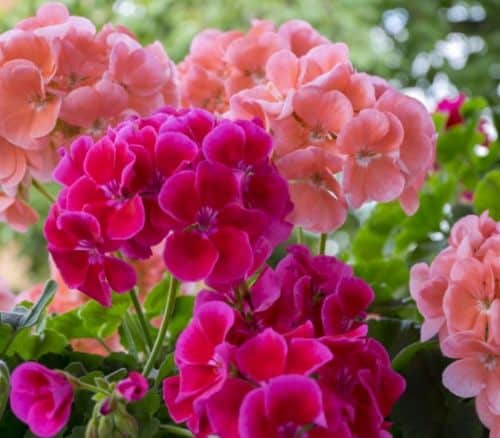At this time of year, wasps and weevils can be a pest. But a little knowledge of nature turns up tricks to help banish them from your garden.
As gardeners, it can sometimes feel like we’re constantly at war – whether it’s the wrong kind of weather or the pests that are sent to constantly bug us. In late summer, wasps and vine weevil are especially troublesome. Thankfully, there are plenty of ways to blitz them without breaking sweat.
Wasps
Adult wasps, like butterflies, feed using a long tube a bit like a drinking straw. This means they cannot eat solid food but instead get all their energy from liquid. Since they need massive amounts of energy to fly, they prefer high- energy, sugary fluids. In nature, this means feeding on nectar, honey and juice from fallen fruit.
A perfect alternative, however, is a sweet fizzy drink—which is why you end up with a cloud of wasps around you when you’re trying to enjoy one in the pub garden. This is especially true of social wasps in late summer, when the food within their colony is running out. So, what can you do to keep wasps at bay?
The most practical thing to do if you still want to enjoy a sweet drink outside is to switch to diet drinks which do not contain sugar. These are far less attractive to wasps than the real deal, so you should see a reduction in how much they bother you straight away. Another tip is to avoid wearing white or yellow when out in your garden since these colours generally attract insects.
Fragranced perfumes, aftershaves and hair products should also be avoided. Perhaps surprisingly, these can fool wasps into thinking you’re a flower that is rich in nectar – rather than a person who just smells like one. You can also chose plants to deter wasps from entering your garden.
Herbs such as spearmint, thyme and lemongrass will all help, as wasps can’t stand them – and they’ll double up as flavouring in your cooking. Alternatively go for flowers such as pennyroyals, geraniums and marigolds, which smell nasty to wasps at the same time as producing beautiful blooms for you to admire.
You can also make wasp traps using old plastic bottles. Simply remove the lid, cut off the top half and invert it to form a funnel, fill the base of the bottle with a sugary solution and place it somewhere prominent where the wasps can find it. They will fly in to get at the sugar and will be unable to escape. To stop bees from falling foul of the trap, add some vinegar to your liquid – which will put them off.
If all else fails, put up a pretend wasps’ nest. Wasps are highly territorial creatures and will launch an aggressive attack on unfamiliar wasps near their nest. Since wasps know this, they will avoid another wasp colony’s territory at all costs. Buy one, or make one out of papiermâché with the kids, and then hang it beneath the eaves of your house.
See my blog, Top Three Wasp Deterrents, for detailed instructions.
Vine weevil
The vine weevil is an insect that feeds on a range of decorative plants, especially pot-grown varieties. You’ll know you’ve got vine weevil if plant leaves look like they’ve been nibbled at the edges. At this time of year, adult bugs and grubs are both about, but it’s the grubs you need to worry about most. That’s because the adults will soon die off – while the grubs continue to feed on plant roots throughout winter.
Inspecting pot plants regularly, and physically removing adult weevils, will help to prevent eggs from being laid on your plants. Shake plants over an upturned umbrella or a sheet of newspaper to collect and remove weevils. You can also treat plants with sprays from your local garden centre.
You can also encourage the garden bouncers to come and do a clean-up operation for you. Birds, frogs, toads, hedgehogs and ground beetles will all eat vine weevil adults and grubs, saving you all the hassle. Attracting birds to your garden is not only easy but will also add to the look of your garden.
Add a bird bath and a feeder containing wild bird seed and keep them topped up and you’ll soon see an increase in feathered friends. If you have a pond, leaving water untreated is more friendly to frogs and toads.
Hedgehogs travel up to two miles per night in search of food. Make your garden available to them by making sure there’s a 12cm space at the bottom of your boundary. Attract them by being a little unkempt – leave log piles lying about, spread leaf litter through borders and let an area of the garden go wild. This untidiness is also excellent for attracting ground beetles to.
Put these methods to good use and tell these pests to bug off this summer.



Leave A Comment